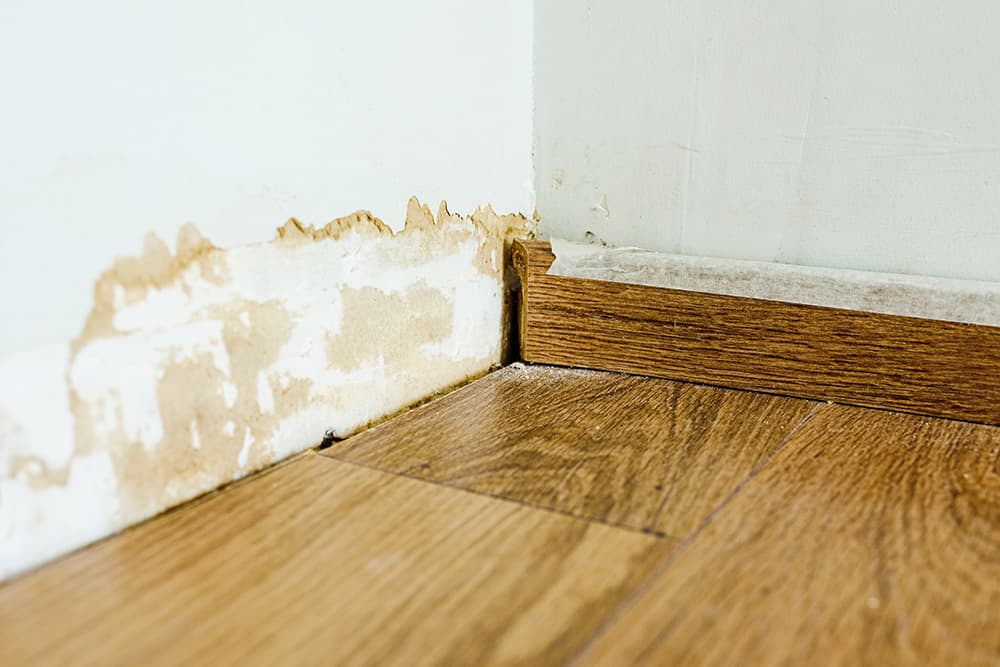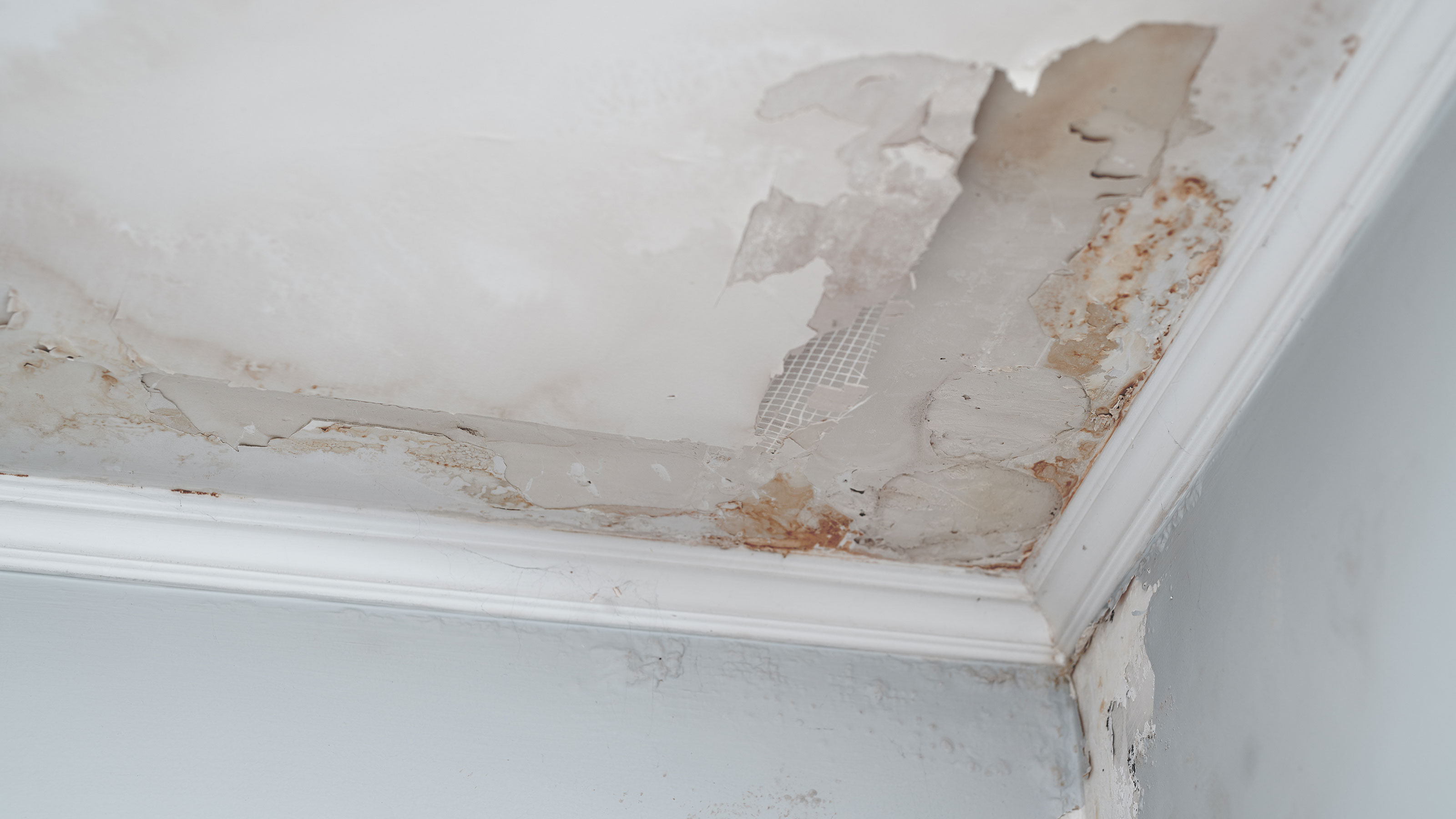Cost-Effective Damage Restoration Services to Handle Severe Water Issues
Wiki Article
The Process of Water Damage Cleanup: Guaranteeing Your Home Is Recovered Effectively
Water damage can be a daunting obstacle for property owners, requiring a thorough and organized cleanup process to restore safety and capability. A thorough analysis is essential to determine the level of the damage and figure out the appropriate remediation actions. Following this, reliable water removal methods play a crucial function in alleviating more damage. The nuances of drying out, disinfecting, and eventual restoration are similarly important and commonly forgotten. Understanding these phases can make a substantial distinction in the outcome of your home's restoration, motivating a closer take a look at what each step requires.Examining the Damage
Upon finding water damage, the very first step is to thoroughly assess the extent of the impact. This initial examination is essential, as it assists identify the required steps for effective clean-up and remediation. Begin by evaluating the influenced areas, including walls, ceilings, floorings, and individual items, to recognize the resource of the water invasion, whether from flooding, leaks, or condensation.Documenting the damages is crucial for both insurance policy claims and preparing reconstruction initiatives - damage restoration services. Usage photos and created notes to record the seriousness of the damage, keeping in mind any kind of damaged architectural aspects and products. Pay special attention to locations that might not be right away visible, such as behind walls and under carpetings, as hidden moisture can cause more difficulties, consisting of mold and mildew growth
Additionally, evaluate the timeline of the water exposure. Eventually, a thorough evaluation lays the foundation for an effective water damage cleanup process, making certain that all impacted locations are dealt with effectively and thoroughly.
Water Extraction Strategies

Professionals commonly utilize completely submersible pumps for larger volumes of water, which can quickly ease flooding in basements or various other influenced locations. For smaller amounts, wet/dry vacuum cleaners are commonly utilized to extract recurring moisture from carpets and difficult surface areas. Additionally, making use of mobile extractors enables targeted removal in constrained areas or locations with fragile materials.
In circumstances of contaminated water, such as sewer or floodwater, progressed removal techniques may involve the use of biohazard equipment to make certain safety and compliance with health and wellness laws. High-powered extraction tools are essential in minimizing water retention in architectural materials, which can result in mold and mildew growth and structural wear and tear if not resolved without delay.
Ultimately, the performance of water extraction methods plays an essential function in the general success of the water damages cleaning procedure, laying the groundwork for subsequent repair initiatives.
Drying and Dehumidification
Once standing water has been effectively drawn out, the next crucial stage in the water damage cleaning process is drying out and dehumidification. This action is crucial to prevent additional damages and mold and mildew growth, which can happen within 24 to 2 days in damp atmospheres.To accomplish effective drying out, specific tools such as industrial-grade air moving companies and dehumidifiers is used. Air movers distribute air across wet surfaces, boosting evaporation prices, while dehumidifiers minimize moisture levels in the air, advertising a conducive setting for drying. The mix of these tools guarantees that wetness is extracted from home furnishings, walls, and floors, allowing them to completely dry completely.
It is essential to keep track of the drying out process very closely. Specialists frequently utilize wetness meters to examine the dampness web content in various products, ensuring that all affected areas reach acceptable dry skin levels. This meticulous strategy helps to avoid concealed wetness pockets that could result in architectural damage or unhealthy mold and mildew growth.

Cleaning and Sanitizing
After the drying and dehumidification phase is total, the next crucial action in water damage cleaning is cleaning up and sanitizing the affected areas. This process is crucial to protect against the development of mold and mildew, germs, and various other pathogens that prosper in damp atmospheres.The cleaning phase generally includes getting rid of any debris, dirt, and impurities from surface areas using specialized cleansing agents. For difficult surfaces, a combination of soap and water or business cleansing items is typically employed. Soft products, such as furniture and rugs, might require much more extensive cleaning approaches, consisting of vapor cleaning or deep removal methods, to make certain extensive hygiene.

Sanitizing follows cleansing, making use of EPA-approved disinfectants to get rid of hazardous microbes. This action is important, specifically in areas that might have entered into call with floodwaters or sewer, as these sources can pose major health threats.
Additionally, it is very important to address any type of remaining smells, which might require the use of odor neutralizers or advanced methods like ozone treatment. Appropriate cleaning and sanitizing not just restore the safety and security and hygiene of your home however likewise prepared for effective remediation and repair services in subsequent stages of the water damages clean-up procedure.
Reconstruction and Repair Work

As soon as the analysis is full, reconstruction efforts can begin. This commonly entails repairing or replacing damaged materials, guaranteeing that all job complies with neighborhood building ordinance and requirements. If drywall has actually been endangered, it will need to be eliminated and changed with new material. Additionally, floor covering may require comparable attention, relying on the degree of water exposure.
It is essential to engage experienced restoration experts throughout this process, as they possess the knowledge to take care of complex repair services properly. Furthermore, they can help mitigate possible future issues, such as mold and mildew development or architectural instability, hence making sure a risk-free and habitable living setting. Eventually, efficient restoration and repair work recover the home's integrity and improve its general worth.
Conclusion
Finally, the procedure of water damages cleaning is essential for restoring a home to its pre-damage problem. Each phase, from analyzing the damage to applying effective water removal techniques, followed by thorough drying out, sanitizing, and essential repair work, plays a crucial duty in ensuring safety and conformity with structure standards. Reliable implementation of these steps not just reduces prompt damages but also improves the long-term integrity and value of the residential or commercial property.Water damage can be an overwhelming difficulty for homeowners, requiring a thorough and structured cleanup process to restore safety and security and capability. Eventually, a comprehensive evaluation lays the groundwork for a successful water damages cleanup process, guaranteeing that all influenced locations are resolved efficiently and extensively.
Reliable water removal techniques are important in minimizing damage and protecting against additional problems following a water invasion occasion.In conclusion, the process of water damages cleaning is vital for restoring a home to its pre-damage condition. Each stage, from evaluating the damage to applying efficient water extraction techniques, adhered to by thorough drying out, sanitizing, and essential fixings, plays a necessary duty in ensuring security and compliance with structure criteria.
Report this wiki page